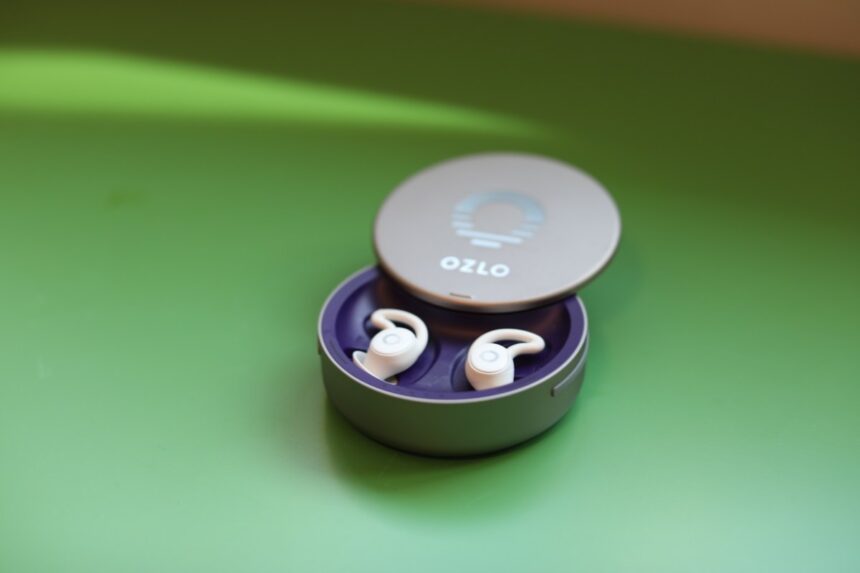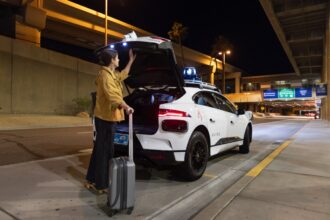Bose gave up on Sleepbuds after two generations. It was a sad, premature end for a promising product. The headphone maker came closer to creating a truly great pair of sleep headphones than anyone else. Ultimately, however, it seems the company was no longer interested in pursuing the product, which proved a major setback for the category at large.
The two generations of Sleepbuds we got weren’t without their faults, however. At the top of the list was a case of a company that was sure it knew what consumers wanted better than consumers themselves. The buds’ inability to stream Bluetooth audio was something Bose could have easily reconciled with the Sleepbuds 2.
Instead, the company was sure users would be content streaming preloaded white noise tracks. Any decision to limit choice in a consumer product must be justified by the manufacturer, but Bose never gave a compelling reason for limiting such choice. No doubt hardware limitations played a role, but streaming is an essential feature for a pair of $250 specialty earbuds.
In August 2023, a new contender emerged. Unlike other startups in the space, however, Ozlo wasn’t starting from scratch. The company was founded by former Bose executives, using IP licensed from the headphone maker.
For all intents and purposes aside from branding, these are the Sleepbuds 3. The form factor is the same. They’re housed in a puck-shaped charging case. The buds themselves are compliant and soft, with small wing tips that insure they won’t fall out if you’re tossing and/or turning. Most importantly, however, they’re small and sit flush with the wearer’s ear, assuring there’s no pressure or discomfort for side sleepers.
When I took my first meeting to discuss a mystery product with a number of former Bose sleep employees last year, the first question out of my mouth was whether the new product would support streaming. The answer was an enthusiastic “yes.” The team went on to describe some of the technical hurdles that needed clearing in order to deliver that promise in the same form factor as Bose’s buds, but that was enough to get me excited.
Since then, there’s been a whole lot of waiting. I found myself emailing the team every few months to get a status update like a spurned Indiegogo backer. Patience is a virtue in this world of hardware startups, but I had the impression that Ozlo was closer to launch than most, given the running start afforded the company by licensing Bose’s IP.

Complicating the matter is the fact that some early backers had already begun to receive units. I can, however, wholly understand why a hardware startup might be more reticent to send a first-gen device to hardware reviewers versus crowdfunders.
After some setbacks, Ozlo on Tuesday announced that its Sleepbuds are now available for purchase. At $299, they’re priced $50 more than the previous Bose device. Such differences aren’t unexpected, of course. For one thing, electronics are more expensive to produce at smaller scales. For another, there’s R&D and a boatload of other expenses that go into building such a product — even one that, again, was atop a solid enough foundation. One must also factor in the fact that, broadly speaking, the cost to manufacture has increased during these post-COVID times.
As for whether the price will come down in future iterations, it’s a possibility, though I wouldn’t hold my breath. The truth is that no one gets to be a pure hardware manufacturer these days. You need another leg for that stool. For some it’s software, for others AI. For Ozlo, it appears to be health. That’s not a surprise, given how essential it’s become to the entire wearables category.
In conjunction with product availability, Ozlo is announcing a new $12 million funding round led by LifeArc Ventures and featuring Drive by DraftKings, Wise Ventures, Scrum Ventures, Wheelhouse 360, Modi Ventures, Niremia Collective, and 5Point Venture Partners. The funding joins the around $8 million the company raised via crowdfunding.
Ozlo says the money will naturally go toward developing the second-generation Sleepbuds. More noteworthy, however, is the portion going to “FDA-clearance for Ozlo’s tinnitus therapy.” That second bit lays plain why many — myself included — are interested in Sleepbuds. But the obvious use cases of snoring partners and noisy cityscapes aside, such technology is no doubt intriguing to the 10% of the population living with ear ringing.
Ozlo has written a bit about the condition in the past, but it has thus far labeled such text with a disclaimer that its products are not FDA approved for treating tinnitus. Getting that regulatory stamp of approval would no doubt give the young startup a significant push.
I’ve been enjoying my time with the buds so far. I’ve run into the occasional fussy wireless connection, but have found that the length and quality of my sleep genuinely improves when I’m listening to ambient music via streaming. The ability to use preloaded sounds is nice — it’s a good fit for, say, a long flight — but you can access similar soundscapes through your streaming service of choice.
They’ve earned a permanent place in my travel bag.






